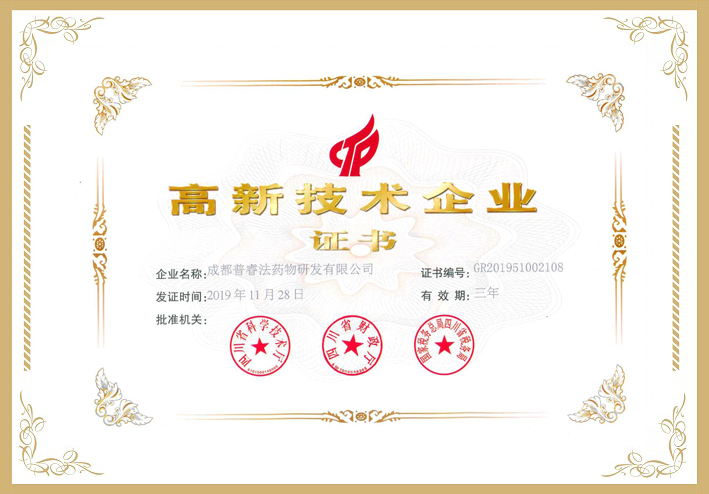Gastrodia elata tuber (GET) has been widely used as a famous herbal medicine in China and other East Asian countries. In this work, we developed a comprehensive strategy integrating targeted and non-targeted analyses for quality evaluation and discrimination of GET from different geographical origins and cultivars. Firstly, 43 batches of GET samples of five cultivars from three regions in China were efficiently quantified by a “single standard to determine multi-components” (SSDMC) method. Six marker compounds were simultaneously determined within 11 min using gastrodin as the internal standard. It showed that samples from different regions and cultivars could not be differentiated by the contents of six marker compounds. Secondly, a non-targeted metabolite profiling analysis was performed by ultrahigh-performance liquid chromatography quadrupole time-of-flight mass spectrometry (UHPLC-QTOF/MS). Samples from different geographical origins and cultivars were clearly discriminated by principal component analysis (PCA) and partial least-squares discriminant analysis (PLS-DA). 147 discriminant ions contributing to the group separation were selected from 1194 aligned variables. Furthermore, based on the relative intensities of discriminant ions, support vector machines (SVM) was employed to predict the geographical origins of GET. The obtained SVM model showed excellent prediction performance with an average prediction accuracy of 100%. These results demonstrated that the UHPLC-QTOF/MS-based non-targeted metabolite profiling analysis, as a vital supplement to targeted analysis, can be used to discriminate the geographical origins and cultivars of GET.
Chengdu Biopurify Phytochemicals Co., Ltd. ... Their structures are shown in Fig. 2. 4-Hydroxybenzoic acid (Chengdu Biopurify Phytochemicals Co., Ltd.) was used as the internal standard for MS analysis. ...























